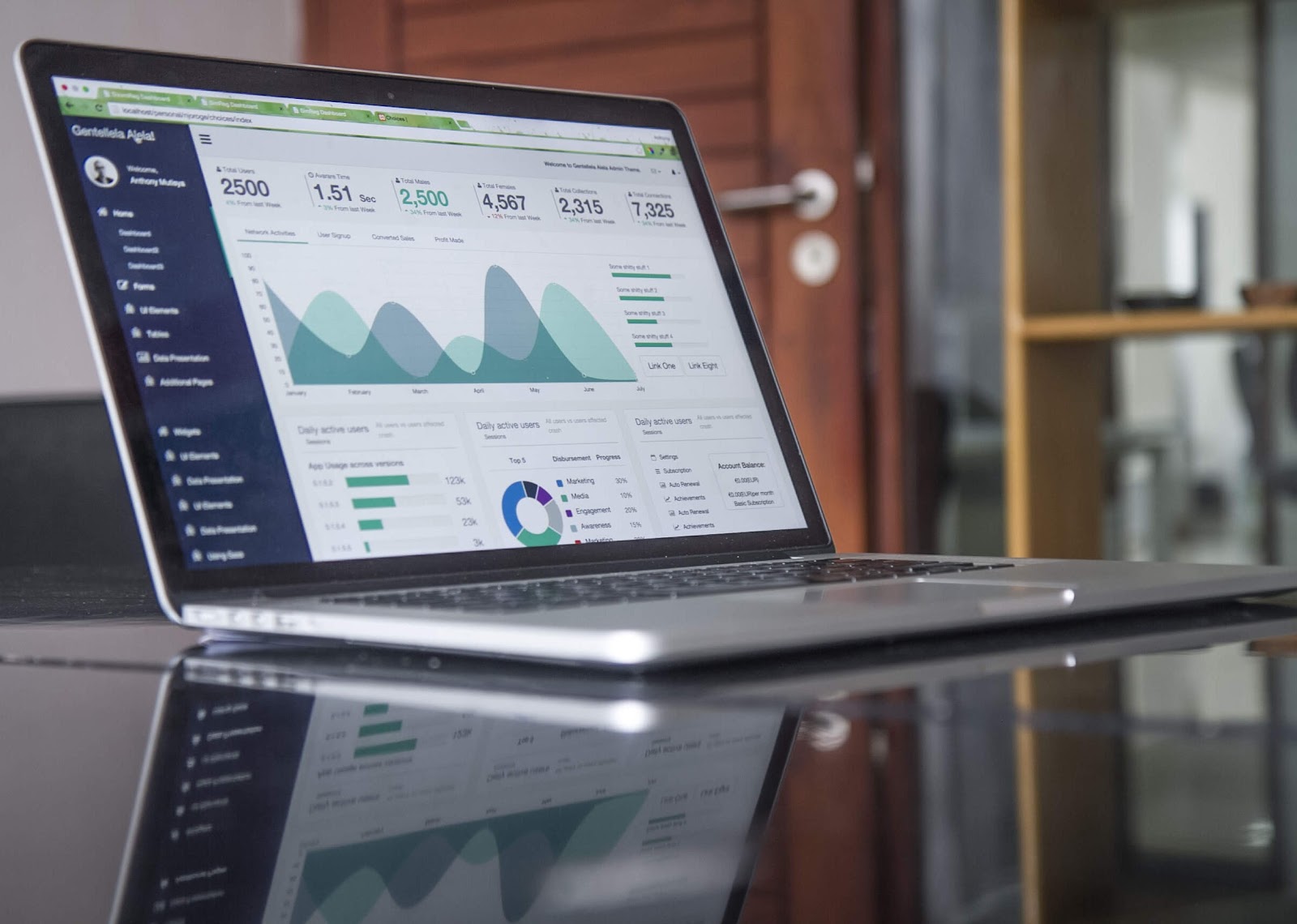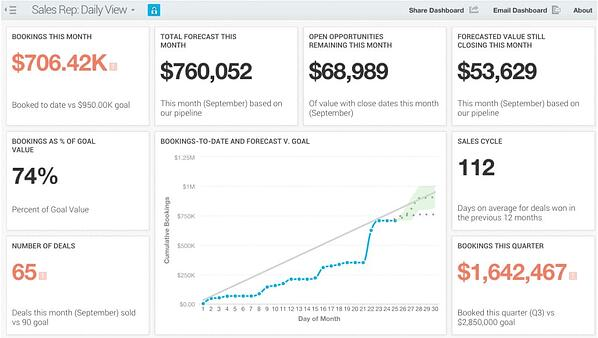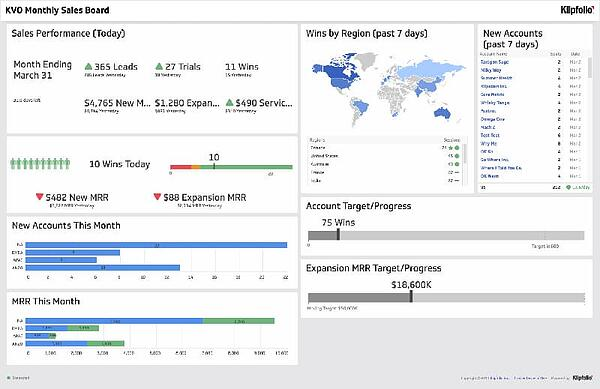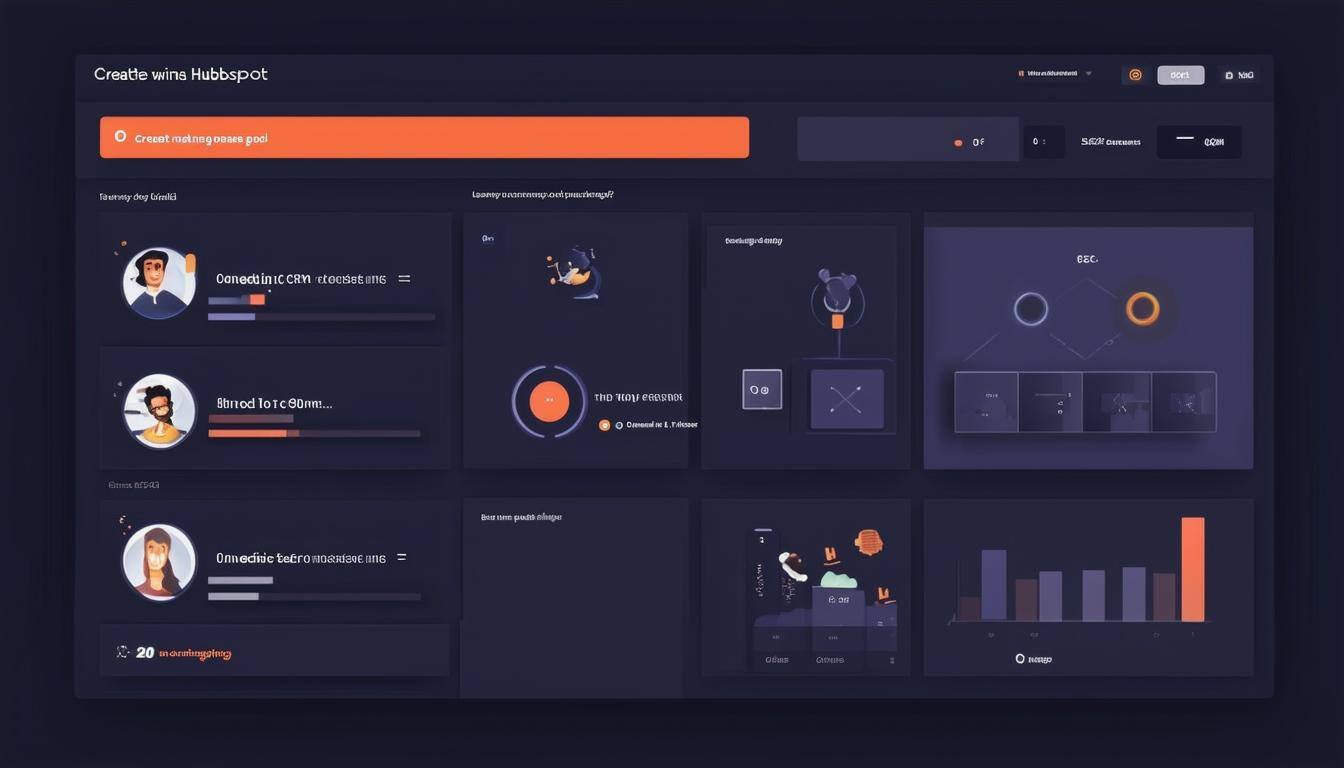How to Create and Use HubSpot Sales Reporting for Increased Revenue
If you want to increase sales and revenue for your business, then you need to start using HubSpot Sales Reporting. In this blog post, we'll show you how to create and use these powerful reports so that you can start boosting your bottom line. Whether you're an experienced marketer or sales manager, or a business owner who is new to HubSpot, this blog post will give you the information and tools you need to get started. So let's dive in!
Why Use Sales Reports?
Increasing Performance for Teams and Representatives
Sales reports aren't just helpful for customers, but they can also give managers valuable insights into sales success. For example, a sales report can show when an underperforming rep needs help or if he can be coached for improvement. You can also use sales reports to identify those people who should engage in yearly meetings for their own development to meet their quotas as needed. And remember, this applies to you too! If your sales team has missed revenue targets, using sales reports will help your organisation improve its sales processes.
Keeping your sales team motivated

A reliable sales reporting process every week can take longer than initially thought, but it's worth it. These reports not only raise team morale, but they also provide crucial data that individuals can use to stay on track and measure their progress. Additionally, some may find that gamifying the results creates healthy competition amongst teams and encourages them to do their best work.
Quickly assisting others with their decisions
Making decisions in a timely manner is crucial to any sales strategy. The sales report can help you identify which tactics are driving business growth and which ones are falling flat. By monitoring the sales report, you can make sure that your strategies are on track and adjust course as needed.
What is HubSpot Sales Reports and what can it do for your business?
HubSpot Sales Reports is a powerful sales management tool that can help your business identify potential sales opportunities, measure sales performance, and forecast sales successes. With it, you can monitor sales productivity with reports on customer activity and sales emails to view the account’s status.
HubSpot Sales Reports provides unique insights into customer behaviour and sales trends, giving you the opportunity to increase customer satisfaction by fine-tuning your sales strategies. These sales reports are tailored to provide the best value for your business, enabling you to make more informed decisions that maximise revenue and grow sales while decreasing customer attrition rates.
Ultimately, HubSpot Sales Reports uses data-driven insights to take the guesswork out of sales decisions and gives your business access to key metrics for managing sales performance efficiently.
The difference between Sales Reports HubSpot and Sales Dashboard

When it comes to understanding sales activities and outcomes, HubSpot Sales Reports and the HubSpot Sales Dashboard both offer important insights. The sales report provides an in-depth look at your performance over a specific time period, covering key metrics like conversion rates, deals created, and average deal size. It's especially beneficial for forecasting future trends and analysing past campaigns.
On the other hand, the Sales Dashboard is ideal for quick daily checks on essential metrics. Everything you need to know can be seen in the form of tables, charts and data points so you don't have to go into too much detail when you view it. Ultimately, both reports provide valuable information to help optimise your sales process - it just depends on what kind of financial or sales data you are after at any given time!
How to create a HubSpot Custom Sales Report
Creating sales reports on HubSpot has become an essential skill for sales teams looking to optimise their sales performance and increase efficiency.
To get started,
- login to HubSpot and navigate to the Reports tab from the main navigation bar.
- From here, select the Sales Pipeline or Funnel View report to track sales progress.
- Next, customise the report view by selecting a date range, sales stages or other filters as needed for your objectives.
You can also save these settings as shareable templates that other team members can access from their accounts. By saving specific sales reporting configurations, you'll be able to quickly run significant sales performance reports without having to re-input new views every time.
Through employing sales reports on HubSpot, you can better monitor individual team performance and strategically set achievable sales goals.
How to create a HubSpot Sales Dashboard
Creating a HubSpot Sales Dashboard can provide high-value insights into the relationship between Key Performance Indicators (KPIs) and sales performance. Having knowledge of your sales team’s successful interactions with your customer base is key to long-term success, and this dashboard offers an advantageous way to acquire that knowledge.
There are several types of HubSpot Sales Dashboards available, a few examples include;
- Performance dashboards focus on tracking individual metrics related to each salesperson's actions.
- Contact overview dashboards offer an in-depth view of primary activities like emails sent and appointments set.
- Funnel dashboards help visualise the progress of leads from initial engagements to successful conversions.
- Cycle-time dashboards monitor how quickly a lead moves through various stages in the sales cycle.

Each type provides valuable information for refining strategy and optimising results across the entire sales organisation. To learn more check out Create and manage your dashboards.
How to use HubSpot Sales Reports to increase revenue
Using HubSpot Sales Reports can be a great way to increase your revenue and maximise sales. HubSpot's reporting functionality helps track important performance metrics, giving you a more complete understanding of how customers interact with your business.
With HubSpot, you're able to access real-time analytics that show you where each opportunity resides in the pipeline so you can make better decisions about how to move it along.
Additionally, you're also able to quickly identify weak points in the pipeline or noteworthy trends. If nothing else, HubSpot reporting gives businesses valuable data they need to adjust tactics or strategies if they're looking for an increase in their overall revenue.

Tips and tricks for getting the most out of HubSpot Sales Reports
Sales reports can be a great tool to understand how your sales efforts are translating into tangible HubSpot value, but if you don’t know how to properly interpret the data, then it won’t do you any good. That’s why it’s important to have an effective approach when reviewing HubSpot sales reports.
Three key tips for getting the most out of HubSpot sales reports are:
1) Align key performance indicators (KPIs) with HubSpot metrics;.
2) Take a comprehensive view of data by segmenting by product and region.
3) Use reporting automation tools and HubSpot workflows to simplify complex analyses.
By adopting these practices into your HubSpot reporting strategy, you’ll be able to maximise the value gained through using sales reports to make the most informed decisions possible.
FAQs about HubSpot Sales Reports

Using sales reports on HubSpot allows you to gain insight into the sales value of your company. With sales data and analytics, you can track sales performance in real-time and make changes quickly if needed.
With this HubSpot reporting capability, you can get a dedication to product pricing, sales activities and customer satisfaction. Having access to comprehensive sales reports helps maximise your ROI by allowing you to understand and take advantage of the momentum in each quarter's sales objectives.
With all this data quickly available, HubSpot equips your team with invaluable knowledge that is at the heart of successful sales performance.
What is a HubSpot Sales Dashboard?
HubSpot Sales Dashboard is a powerful, real-time analytics tool designed to help sales reps gain insights into their performance and optimise their activities. It provides powerful tools to measure the success of sales efforts, spot trends in prospecting and customer interactions, and evaluate pipeline performance.
What types of data can be tracked via the HubSpot Sales Dashboard?
With the HubSpot Sales Dashboard, you can track various types of key performance indicators (KPIs) such as total leads generated, conversion rates, average deal size, close rate and win rates. Additionally, you can monitor metrics related to company growth such as deal count by stage or activity type by contact type. You can also get detailed visibility into your team’s progress with reports on individual rep performance
How does the HubSpot Sales Dashboard make it easier for sales reps to convert leads into customers?
By visualising your data with easy-to-understand graphs and charts, the HubSpot Sales Dashboard makes it easier for sales reps to identify areas where they can improve their process. With a better understanding of what works and what doesn’t work in terms of lead generation tactics and opportunities management strategies, sales reps are able to optimise their activities accordingly and create more personalised experiences that drive higher conversions
Is there a cost associated with using the HubSpot Sales Dashboard?
Yes – The cost associated with using the HubSpot Sales Dashboard depends on which package you choose from the suite of products offered by HubSpot. The pricing plan ranges from $50-$650 per month depending on your particular needs and usage requirements. This cost includes access to all features available in the dashboard including advanced analytics capabilities such as predictive modelling, cohort analysis and machine learning algorithms.
Does the HubSpot Sales Dashboard integrate with other business applications?
Yes - The HubSpot Sales Dashboard is easily integrated with other popular business applications like Microsoft Dynamics 365, SugarCRM and Zendesk Support so you can maximise efficiency by consolidating data from multiple sources into one unified view for deeper insight into your sales operations.
What are HubSpot Sales Reports?
HubSpot Sales Reports is a powerful analytics tool that offers complete visibility into your sales performance. It helps businesses gain insights into their customer acquisition and engagement efforts, allowing them to make informed decisions based on real-time data. With HubSpot Sales Reports, you can easily track conversion rates, revenue, customer lifetime value (LTV), and more
What types of data are included in a sales report?
A typical HubSpot Sales Report includes data such as
- contacts (lists of contacts with emails and demographics),
- deals (listing of deals created and closed within an organisation),
- pipelines (visual representations of the progress of opportunities through their lifecycle stages),
- sources (engagement from different channels such as organic search or paid ads),
- campaigns (customer engagement from campaigns designed within your organisation)
- and performance (general performance metrics such as total revenue).
How often should I review my sales report?
We recommend reviewing your sales report regularly - at least once a week - to stay informed about changes in customer engagement and other trends in your business operations. By monitoring these metrics on an ongoing basis, you’ll be able to identify areas where you may need to improve or adjust your strategies over time
Is there a limit to how many contacts I can have in my report?
No - there is no limit on the number of contacts that can be included in a single report. However, if you have an extremely large contact list we suggest breaking it down into smaller segments so it doesn't overwhelm the reporting system or take too long for it to process all the data points necessary for generating accurate insights about your customer base and marketing activities.
Can I export my report data?
Yes - HubSpot provides several convenient ways of exporting your sales report data depending on the type of file format you require; including CSV files or an XML representation stream which can be used for analysis within Excel spreadsheets or other compatible programs if desired. Additionally, you can also connect directly to other third-party applications like Google Analytics via API integration for further customization options.
Conclusion
HubSpot Sales Reports is a powerful tool that can help you increase your revenue. In order to get the most out of it, you need to know how to use it and understand the data that is being presented. Our team of experts are here to help you do just that. We'll work with you to create custom sales reports that give you an accurate picture of how your business is performing. So what are you waiting for? Give us a call today and let us unlock the sales performance for your business!




